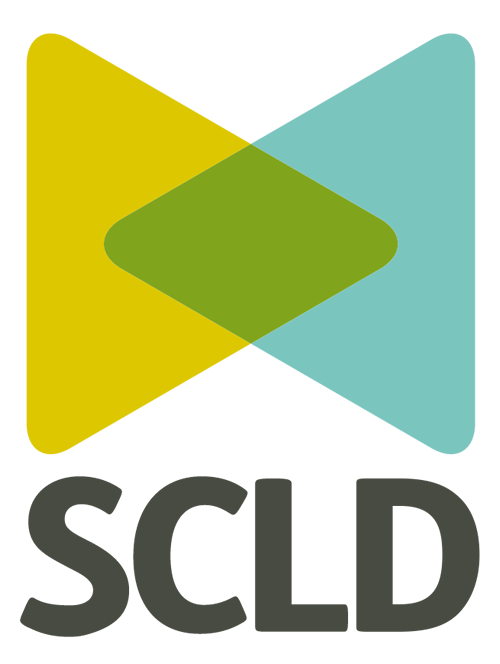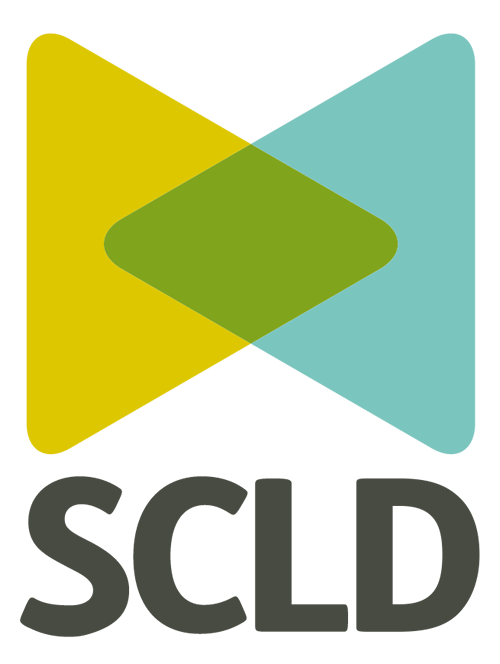
“How’s Life?” is always an important question for people with learning disabilities
SCLD team member Andy Miller reflects on the 2019 national survey of people with learning disabilities in Scotland, “How’s Life?” and considers the upheaval of the past few years…
We’ve all just completed the census, the national survey of all households in Scotland. The previous one was eleven years ago (usually it’s ten, but Covid), the same year a tsunami breached the Fukushima nuclear power plant and flattened many Japanese fishing ports such as Sendai.
So, 2011: the year of the last census. It seems along time ago now… But actually some surveys aren’t nearly as common as that.
“How’s Life?” was a national survey for people with learning disabilities, carried out in 2019. Before that, the only other national survey in Scotland was undertaken a whopping 13 years earlier!
The final two How’s Life? reports were recently published, so now is a good time to look back and reflect on the whole enterprise.
In fact it all started in 2018 – SCLD partnered with six other organisations: ARC Scotland, Downs Syndrome Scotland, ENABLE Scotland, Key, PAMIS and People First Scotland, to develop the survey. Collaborating with these six meant that people with learning disabilities were directly involved in shaping the survey and, later, in pushing it out to a wide audience to maximise its reach.
So what does the survey tell us? Firstly, that people with learning disabilities reported a high level of life satisfaction, slightly higher than the general population. Despite this, they also reported a range of things that negatively impacted on their feeling of wellbeing: not seeing friends and family enough. Being lonely. Feeling unsafe.
Conversely, having the freedom to choose what to do, where to live, who to see, were all positively associated with high levels of life satisfaction.
Underlying all these insights was the imperative that support, for those that needed it, had to be right. The right amount, the right values, the right focus. Without the right support, all these good things just tended not to happen.
How valuable it was to have pulled together this national picture of life for people with learning disabilities.
“Underlying all these insights was the imperative that support, for those that needed it, had to be right. The right amount, the right values, the right focus. Without the right support, all these good things just tended not to happen.”
And then came Covid.
And what was true one day was not true the next. Services closed down, and the ones that didn’t struggled to keep going with PPE and staff shortages. Carers felt overwhelmed; everyone retreated inwards.
Covid itself swept through society like a tidal wave, and people with learning disabilities and their families were affected more than most, missing the boat that apparently all the rest of us were riding out the storm in.
People with learning disabilities were found to be on average three times more likely to die from Covid. Not just that – going into lockdown, with less access to communication tech, led to what was described as ‘a tsunami of loneliness’, the effects of which are still being felt by many.
There is ‘Before’, and there is ‘After’. The How’s Life? reports speak of the time ‘Before’; society has changed a lot since then. There is more reliance on digital technology, people are still staying at home more. Some people’s mental health has been badly affected by the experience of lockdown so that returning to a previous life of busy places is not an option just now. Community groups are not all back up and running anyway, many services are not fully re-instated and may never go back to how they were. The crisis in the social care workforce means all the things that are important to people’s wellbeing which they cannot access without the right support may be under threat.
So, what is the relevance of the How’s Life? findings? If they describe a pre-Covid life that bears little resemblance to today, shouldn’t they just be archived as historical curios?
In fact, the How’s Life? reports are more valuable than ever, precisely because they are some kind of historical record.
They may not chronicle the highest point in the history of the wellbeing people with learning disabilities. But they do represent a point which we have undoubtedly fallen below, and to a degree show us where we must get back to and then progress beyond.
“In fact, the How’s Life? reports are more valuable than ever, precisely because they are some kind of historical record.“
They are like a town plan of Sendai, flattened by the 2011 tsunami. When it comes to a re-build, the point of an old town plan is not to copy and build back the same. Instead it provides a reminder of what worked and should be put back in place; and what did not, and should be consigned to history. Also what never existed, and may now be brought into being, because it’s what the people of the town need now.
Certainly, How’s Life? provided evidence of what some people had never had, and knew they needed – work, a partner, a sense of belonging. So now is the time to plan how to bring these things into being.
And what about the future? The How’s Life? survey told us a story about a single point in time. Perhaps it is an exercise worth repeating. Life for people with learning disabilities will continue to change. The cost of living crisis will hit people hard. The National Care Service may mean more people can find the right support. We need to know what these new changes will mean for people’s wellbeing.
And if we are able to undertake another national survey, two things are important:
- As before, let’s make sure that people with learning disabilities are at the heart of making it happen
- Let’s not leave it so long next time.
Andy Miller
Strategic Lead, Participation & Partnership


